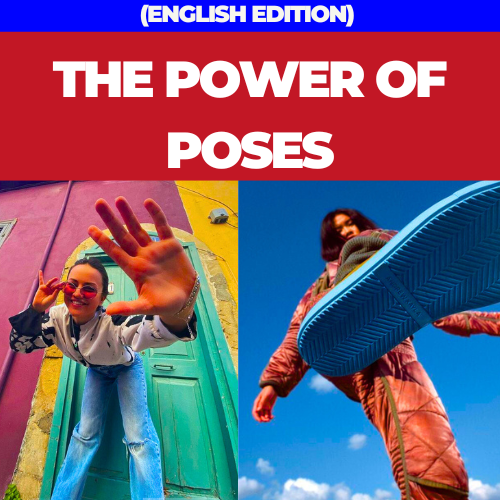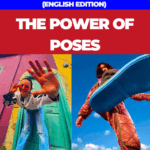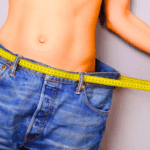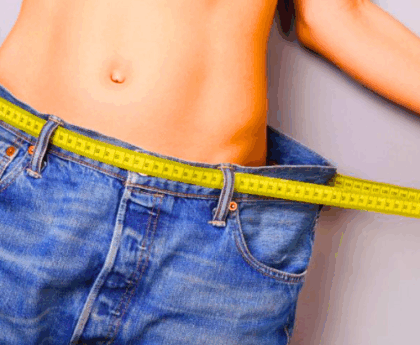What is the 1 3 2 Posing Technique? A Complete Guide for Photographers and Models
Introduction
Photography is much more than simply pointing a camera and clicking a button. A great photograph captures emotion, story, and aesthetic harmony—all elements that hinge on how the subject is posed. Among many posing methods, the 1 3 2 posing technique has emerged as a popular and effective approach, particularly in portrait and fashion photography.
What is the 1 3 2 posing technique? We will explore its origin, how to apply it, why it works, and how both photographers and models can master it for better results. By the end of this article, you’ll know how to confidently use this technique in your next photoshoot.
Table of Contents
- What is the 1 3 2 Posing Technique?
- Origin and History
- Why Use the 1 3 2 Posing Technique?
- Breaking Down the 1 3 2 Posing Technique
- Benefits of Using the 1 3 2 Posing Technique
- Common Mistakes and How to Avoid Them
- Step-by-Step Guide to Applying the 1 3 2 Posing Technique
- 1 3 2 Posing Technique in Different Photography Genres
- Tips for Photographers
- Tips for Models
- Advanced Variations of the 1 3 2 Posing Technique
- Conclusion
- FAQs about the 1 3 2 Posing Technique
What is the 1 3 2 Posing Technique?
The 1 3 2 posing technique is a structured approach to positioning a model’s body parts to create visually dynamic and aesthetically pleasing compositions. It involves the following components:
- 1: One main point of contact or anchor.
- 3: Three different levels or angles of body positioning.
- 2: Two distinct directions of body movement.
This posing strategy helps in breaking symmetry, introducing flow, and crafting more engaging images. It’s particularly popular among portrait, fashion, and lifestyle photographers aiming to avoid stiff and unnatural poses.
Origin and History
While posing systems have existed for centuries, the 1 3 2 posing technique is a more modern concept, synthesized from principles of classical art, body language psychology, and contemporary fashion photography practices.
Its popularity grew with professional photographers seeking a simple yet effective framework to help models, especially beginners, achieve complex-looking poses without feeling overwhelmed. Though there is no single credited inventor, photography educators and industry workshops often teach this method as part of model direction skills.
Why Use the 1 3 2 Posing Technique?
The key reason to use the 1 3 2 posing technique is that it offers a systematic approach to posing that balances structure with creativity. It ensures that the model’s posture looks:
- Natural: Avoiding stiffness and awkwardness.
- Dynamic: Incorporating multiple angles and directions.
- Engaging: Capturing attention with asymmetry and flow.
- Professional: Suitable for high-end fashion shoots and editorial work.
Additionally, this technique can boost the model’s confidence, as they can rely on a clear framework rather than guessing how to pose.
Breaking Down the 1 3 2 Posing Technique
Let’s dissect each component of the 1 3 2 posing technique for a deeper understanding.
1 – One Point of Contact
At its core, the model should establish one primary point of contact with an external object or with their own body. This could be:
- Leaning on a wall.
- Resting a hand on the hip.
- Placing a foot on a raised surface.
This anchor provides stability and a starting point for constructing the rest of the pose.
Why it’s important:
It grounds the pose, prevents the model from looking like they are “floating,” and adds a sense of realism.
3 – Three Levels of Elevation
Next, the model should position their body to include three distinct elevations or bends. This could involve:
- Bending one leg while keeping the other straight.
- Tilting the head slightly.
- Positioning the arms at varying heights.
Example:
One hand on the hip (middle elevation), one arm raised near the head (high elevation), and one leg bent or relaxed (low elevation).
Why it’s important:
Three levels add complexity and break up monotony, guiding the viewer’s eye through the photograph.
2 – Two Planes of Direction
Finally, incorporate two distinct directional shifts in the pose. This could mean:
- The shoulders facing slightly left while the hips face forward.
- The gaze looking off to one side while the body leans in another direction.
Why it’s important:
Dual directions introduce tension and interest, making the pose more dynamic and less static.
Benefits of Using the 1 3 2 Posing Technique
✅ Structured Simplicity
It provides a clear, repeatable framework for posing without stifling creativity.
✅ Enhances Visual Flow
The combination of levels and directions creates a natural flow that leads the viewer’s eye through the image.
✅ Adaptable to All Body Types
This method works across a range of body types, ages, and genders, making it a versatile tool for photographers.
✅ Increases Confidence
Models, especially those new to photoshoots, often feel more at ease when following a structured posing system.
Common Mistakes and How to Avoid Them
❌ Overcomplicating the Pose
Trying to introduce too many bends or directions can result in awkward or unnatural positioning.
Solution:
Stick to the “1 3 2” formula and ensure each movement serves the overall composition.
❌ Ignoring the Model’s Comfort
A pose may look great but feel uncomfortable for the model.
Solution:
Prioritize comfort and adjust the pose as necessary.
❌ Misinterpreting the Planes
Some photographers mistake “planes” for just directions, forgetting that elevation (vertical dimension) also matters.
Solution:
Think in 3D space: elevation, rotation, and direction.
Step-by-Step Guide to Applying the 1 3 2 Posing Technique
Step 1: Establish the Anchor
Ask the model to pick a primary point of contact. For example, rest a hand on the waist or lean slightly against a wall.
Step 2: Introduce Three Elevations
Guide the model to create three different levels. For example:
- Bend one leg.
- Raise one arm.
- Tilt the head.
Step 3: Add Two Planes of Direction
Position the body so different parts are oriented in different directions. For instance:
- Hips facing forward.
- Shoulders turned slightly left.
- Eyes looking right.
Step 4: Refine and Adjust
Make micro-adjustments to avoid awkward limb placement and ensure the model feels comfortable.
1 3 2 Posing Technique in Different Photography Genres
📸 Fashion Photography
The technique excels in fashion shoots, allowing models to showcase clothing from multiple angles while maintaining elegance.
📸 Portrait Photography
Great for creating interesting headshots and three-quarter portraits with depth and engagement.
📸 Lifestyle Photography
Useful in casual settings, such as cafe shoots or urban explorations, to keep poses relaxed yet structured.
📸 Boudoir Photography
Can help create sensual and intimate poses that remain tasteful and composed.
Tips for Photographers
- Pre-visualize: Think about the desired emotion and story before guiding the model.
- Use prompts: Instead of technical jargon, use easy-to-understand prompts like “Tilt your chin up slightly” or “Shift your weight onto one foot.”
- Provide feedback: Show the model the images to help them understand what works and refine the pose.
Tips for Models
- Practice in the mirror: Familiarize yourself with the feel of different bends and directions.
- Stay relaxed: Avoid stiffness by keeping joints slightly soft.
- Communicate: Let the photographer know if a pose feels uncomfortable.
Advanced Variations of the 1 3 2 Posing Technique
Once comfortable with the basic structure, you can experiment by:
- Exaggerating elevations: For more dramatic or editorial looks.
- Altering planes: Using diagonal planes for edgier compositions.
- Adding movement: Transitioning between poses to capture candid shots.
Conclusion
The 1 3 2 posing technique is a valuable tool in any photographer or model’s toolkit. By applying this structured yet flexible framework, you can create images that are visually compelling, dynamic, and professional.
Whether you’re a seasoned pro or just starting out, mastering the 1 3 2 posing technique will undoubtedly elevate your photography and modeling skills. Practice makes perfect, so start experimenting with these concepts in your next photoshoot!
FAQs about the 1 3 2 Posing Technique
What is the 1 3 2 posing technique in simple terms?
It’s a structured approach where a model has one point of contact, three body levels, and two directions of movement, creating a dynamic and visually interesting pose.
Is the 1 3 2 posing technique only for professionals?
No! Both professional and amateur photographers and models can use this technique effectively. It’s particularly helpful for beginners as it provides a clear framework.
How long does it take to master the 1 3 2 posing technique?
With regular practice, most models and photographers can become comfortable using this method within a few weeks.
Can I combine the 1 3 2 posing technique with other posing methods?
Absolutely! Many photographers blend the 1 3 2 technique with other systems such as the “S-curve” or “triangle posing” to add variety to their shoots.
Are there any tools that help with learning the 1 3 2 posing technique?
Yes, posing guides, mobile apps, and online courses often include instructions and visual examples of this technique. Practicing in front of a mirror or working with a posing coach can also be helpful.
Final Thoughts
Understanding what the 1 3 2 posing technique is and how to apply it can significantly improve the quality and professionalism of your photos. By breaking down poses into manageable elements—one point of contact, three levels, and two directions—you create the foundation for visually compelling imagery.
Ready to try it out? Grab your camera or step in front of the mirror and practice the 1 3 2 posing technique today!
If you found this guide helpful, share it with fellow photographers or models and bookmark it for future reference!




